Palmetto Bluff Real Estate Company Sales Office
Office Hours
Monday-Friday 9am - 5pm
Saturday 9am - 4pm
Sunday 12 - 4pm
Saturday 9am - 4pm
Sunday 12 - 4pm
When I ask Jay Walea, the director of the Palmetto Bluff Conservancy, why he loves hunting turkeys, his response is quick and confident, as if the importance of the turkey was paramount. “A lot of people can go out at the right time in the season and make a turkey gobble and come in,” he allows, craning his neck to look at me in the back seat of the Conservancy work truck that former Land and Wildlife Manager Justin Hardy is driving. “But you have an elite few who have spent their lives out in the woods listening to these birds, who understand their intricate whines and whistles.” Walea turns back to the road. “When you learn to speak their language and they accept you as one of their own kind—that’s brilliant.”

Wild turkeys are fascinating birds. While ducks, for example, have limited “hail,” “feeding,” and “confidence” calls, turkey language is an incredibly complex and nuanced assortment of gobbles, yelps, purrs, kee-kees, cackles, drums, and wing thumps. Contrary to popular myth, North America’s largest bird is a strong flier, up to fifty-five miles per hour in short bursts, overnighting in trees, safe from predation. Their heads change colors— from red to blue to white—mirroring their emotions, their eyesight is three times that of humans, and they can see all the colors we do as well as some in the ultraviolet spectrum. Hold a turkey feather in your hand. As you rotate it you’ll notice a slight iridescence of purples, greens, and pinks. But what you cannot fathom is the glorious detail on display to the hypersensitive eye of a turkey. A gobbler (an adult male turkey) flies down from his roost at dawn and patrols a series of “strut zones,” each maybe a hundred square yards in size. When a tom goes into full strut, he can bring in as many as twenty-five to thirty hens. The challenge for a turkey hunter of Walea’s caliber is to imitate a hen so convincingly, using the turkey’s own language, that he persuades the gobbler to do something he never does in the wild—abandon the adoring attention of his harem to go find this provocative stranger calling from nearby.
The art of calling in a gobbler is held in such high esteem that, according to Walea, it is the skill that defines a good outdoorsman, that which separates the accomplished from the amateur. It’s also what separates turkey killers from turkey hunters. “We don’t run and gun,” Walea tells me, meaning that if they have a turkey gobbling and he’s not responding to their calls, they don’t go after him. “We’re going to stay right there in place and use patience,” Walea says, stepping from the truck into a field of wildflowers. “And at some point during that day, he’s gonna remember that he heard…” Walea pauses a moment before his face lights up with a mischievous grin and continues, “Well, hell, the sexiest thing he ever heard in his life.” Managing land at Palmetto Bluff for turkeys is about more than just the joy of the hunt. Turkeys are known as an “umbrella species,” meaning that if the turkey is thriving, everything else likely is as well. The diverse habitat and food requirements that must be present to satisfy a rafter of turkeys encapsulates the basic needs of much of the larger ecosystem. In a perfect world, turkeys have access to open grasslands, good forb-producing areas, and woodlands, all in a relatively small geographic range. They need upland mixed pine, but, according to Walea, really adore bottomland hardwood wetlands. “If you have all that in play,” Walea says, plucking a stalk of bushy bluestem from the diverse grasslands through which we walk, “you can’t help but benefit from everything else.” Palmetto Bluff is roughly the size of the island of Manhattan. Of that twenty thousand acres, Walea and his team currently manage nearly three quarters. Turkeys are the quintessential omnivores, eating everything from acorns and a variety of nuts, to seeds, small reptiles, large insects, snails, and slugs. They also love plant foliage, especially tender young shoots and leaves. “We’ve found that to produce the maximum amount of bug protein you need to promote diverse, early successional plant habitat,” Hardy tells me. The Conservancy staff accomplishes this in two ways. In the late winter, grassy meadows are plowed with a disk harrow on the back of a tractor. This releases the seed bank, generating new growth and preventing the next successional stage of pines, sweetgums, bushes, and shrubs. They also annually burn two thousand acres on one-, two-, and three-year rotations. Turkeys thrive in relatively open, recently disturbed areas, so a more hands-off approach, allowing meadows to become denser woodlands, would mean fewer turkeys.

The next time you see a gaggle of turkeys feeding at the Bluff, notice that one or two in the group will always have their heads up. That’s because turkeys have extremely powerful eyesight, and they trade off lookout responsibility as they feed. At birth, hatchlings immediately key in on their mother’s call, but unlike other gallinaceous, ground-feeding birds, turkeys also pay close attention to each other’s eyes. When a predator approaches and the adult hen makes the “putt” alarm call, all the turkeys in the flock will look at her. If her eye is looking up, they instantly know it’s an avian predator like a great horned owl or red-tailed hawk, and they’ll break and run. If the eye is looking level, they’ll fly to avoid a ground predator like a bobcat or coyote. While the turkey season in South Carolina begins in March, the Conservancy waits until the second week of April for all guided hunts at Palmetto Bluff. This ensures that as much breeding as possible has successfully taken place, removing hunters as a limiting factor on turkey reproductive success. In addition, new research coming from the University of Georgia challenges the long-held belief that harvesting the largest, most dominant tom creates an opportunity for subdominant males to reestablish the pecking order. On the contrary, research shows that if the dominant tom is killed after the spring pecking order is established, none of the subordinate birds will breed. “If you’re a good hunter, you’re good at harvesting those big adult toms,” Hardy tells me. “But then there’s no breeding year after year, and you start to see a nosedive in the population. This science informs how we hunt at the Bluff.”

We load into the truck and leave the meadow. The October morning sun shines gently through the trees as we drive along gravel roads dusted in pine straw. Back at the shop, Hardy and Walea pull out their turkey hunting kits. Turkey calls—more specifically, pot calls, scratch boxes, friction calls, and diaphragms—half antique toys and half obscure musical instruments by the looks of them, spill across the table. One, made of wood, is hinged and makes a whine when opened and closed. Another is made of cherry topped with hard glass. Scratching its surface just so with a corresponding wooden dowel, produces, against all odds, a peculiarly birdlike yelp. “Now, there’s two notes in that yelp,” Hardy tells me. “It’s an “E-ya! E-ya!” And if you don’t get that second note, you sound like an idiot and the turkeys won’t come.” These bizarrely specific instruments are as important to the turkey hunter as is his shotgun—analogous to the fly-fisher’s fly—but may take a lot more practice and precision to perform. What I enjoy the most is witnessing the pleasure these grown men, extremely knowledgeable and dedicated land and wildlife stewards, derive from these bits of wood and glass. It’s as if they speak another language, initiated into the mysteries of the turkey.
See this article and more in the latest edition of The Bluff.
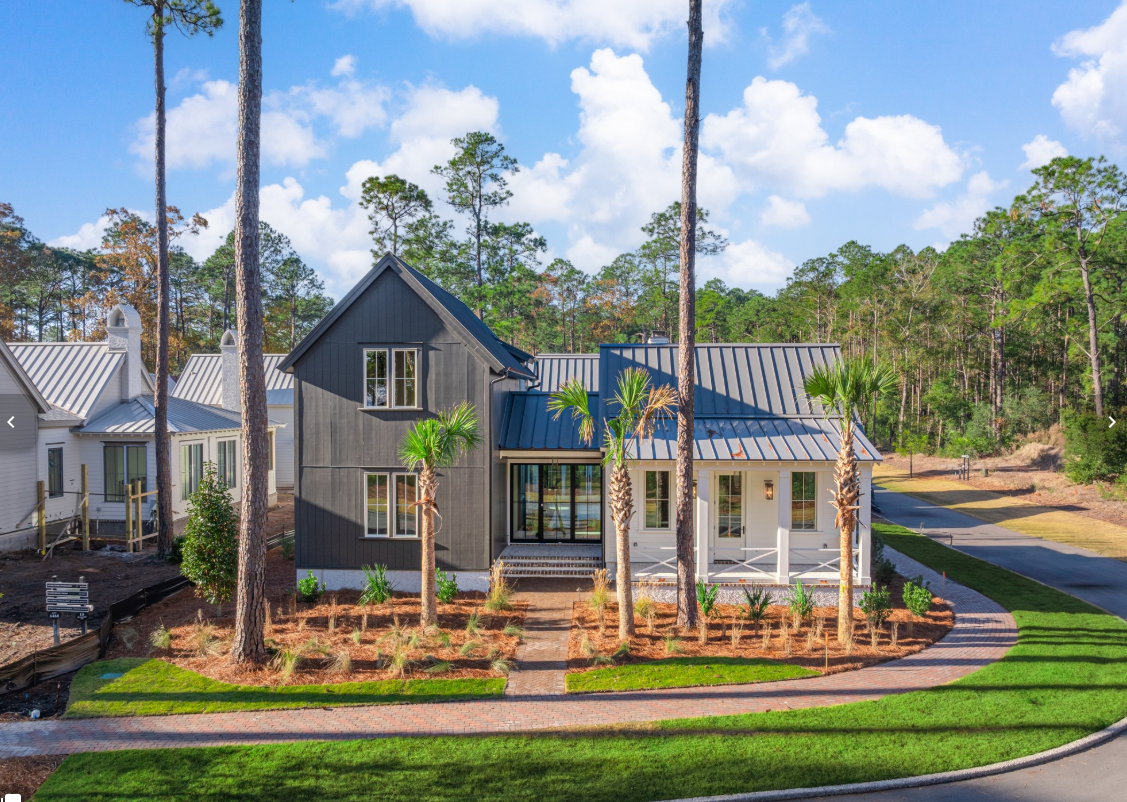
The Ultimate Choice: Building vs Buying a Home in Palmetto Bluff For those searching for Palmetto Bluff homes for sale, this common question often arises: Should you choose an existing residence, or embrace the opportunity to build your own? While a complet...
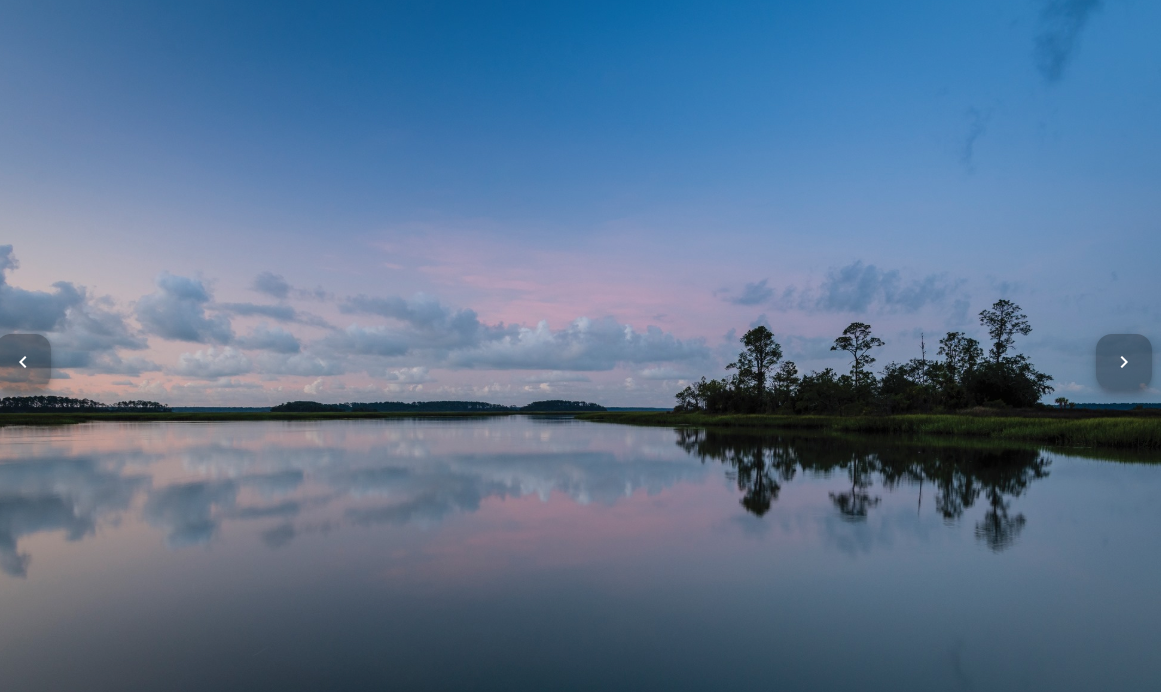
A Complete Guide to South Carolina Winter at Palmetto Bluff South Carolina's winter is unlike any other on the East Coast. While many travelers search for “South Carolina winter” expecting cooler temperatures and limited outdoor options, the Lowcountry revea...
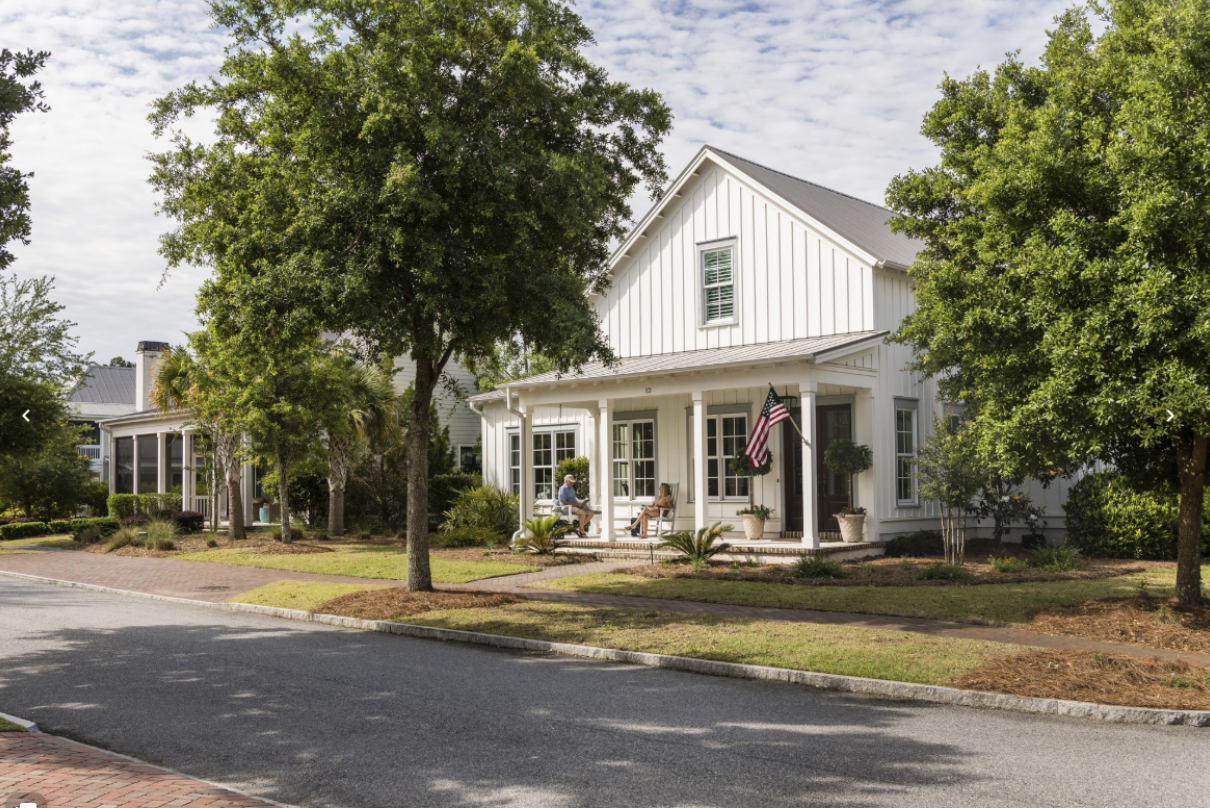
River Road: Where Lowcountry Beauty Meets Elevated Everyday Living Tucked gracefully between Wilson Village and Moreland Village, River Road is one of Palmetto Bluff’s most immersive communities. It's where the pace of life seems to soften, classic Southern ...
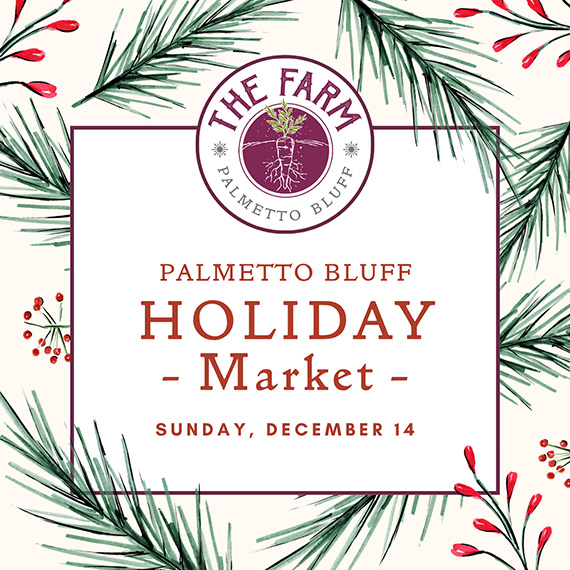
Sunday, December 14 | 9am to 1pmVillage GreenThe season’s most festive farmers market, the Holiday Farmers Market, comes to Wilson Village on Sunday, December 14, from 9am to 1pm. All are welcome to visit and experience the magic of holidays at the Bluff. The ...

Tucked amid whispering pines and overlooking a tranquil water trail, 11 Lyonia Street is where Lowcountry charm meets modern artistry. The newly built residence redefines Southern living with a balance of craftsmanship and calm. This is a home that feels both ...
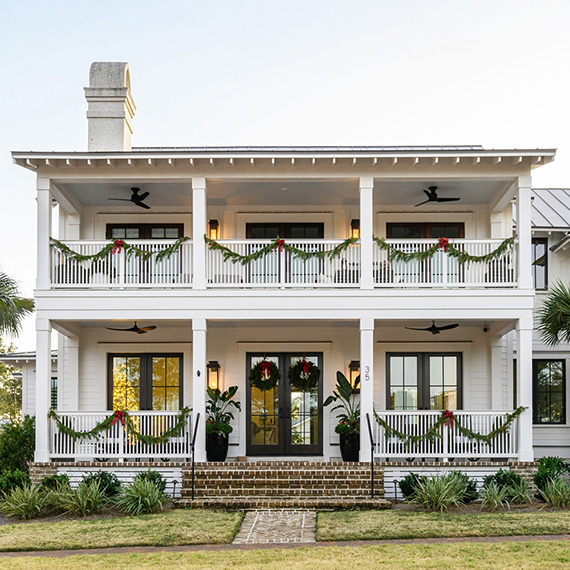
The holiday season in the Lowcountry brings crisp air, oaks draped in twinkling lights, and laughter drifting from homes where families and friends gather once again. At Palmetto Bluff, the holidays are more than just a season; they’re a feeling of togethernes...
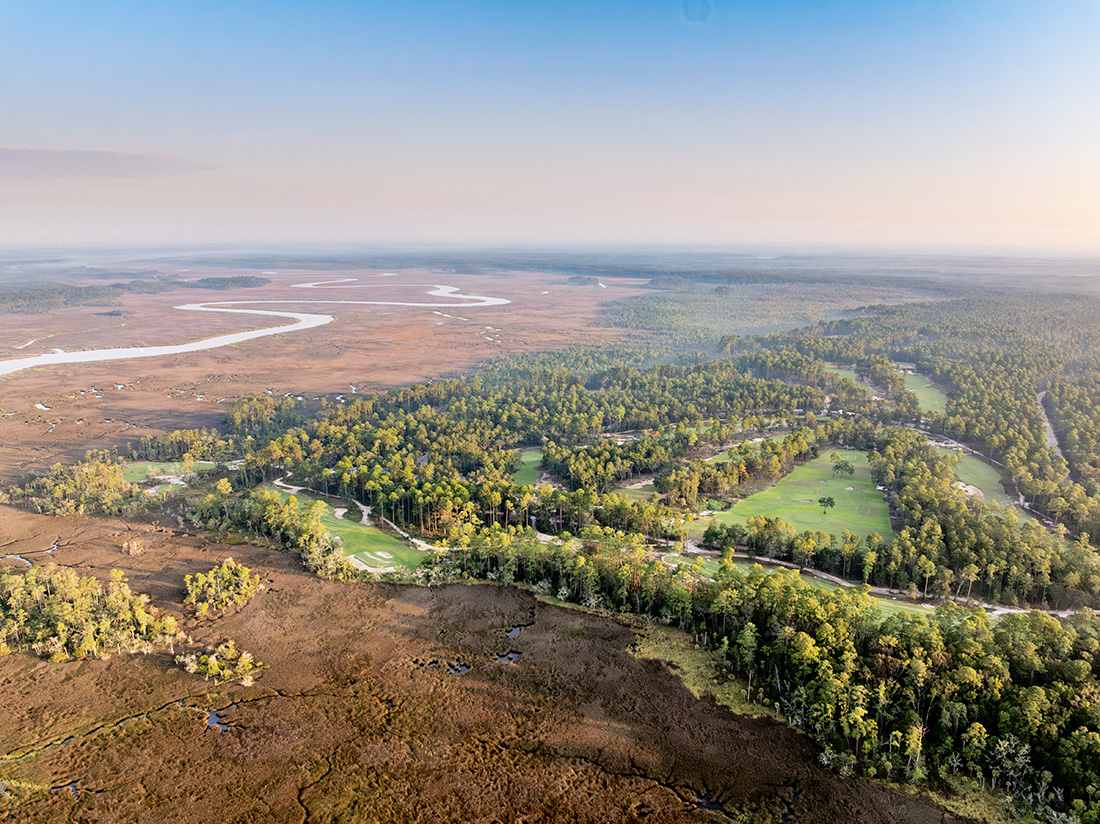
https://vimeo.com/1071784239?share=copy&fl=sv&fe=ci We are excited to unveil the official brand identity for Palmetto Bluff’s newest chapter in golf, Anson Point. Designed by golf icons Bill Coore and Ben Crenshaw and set within more than 500 acre...
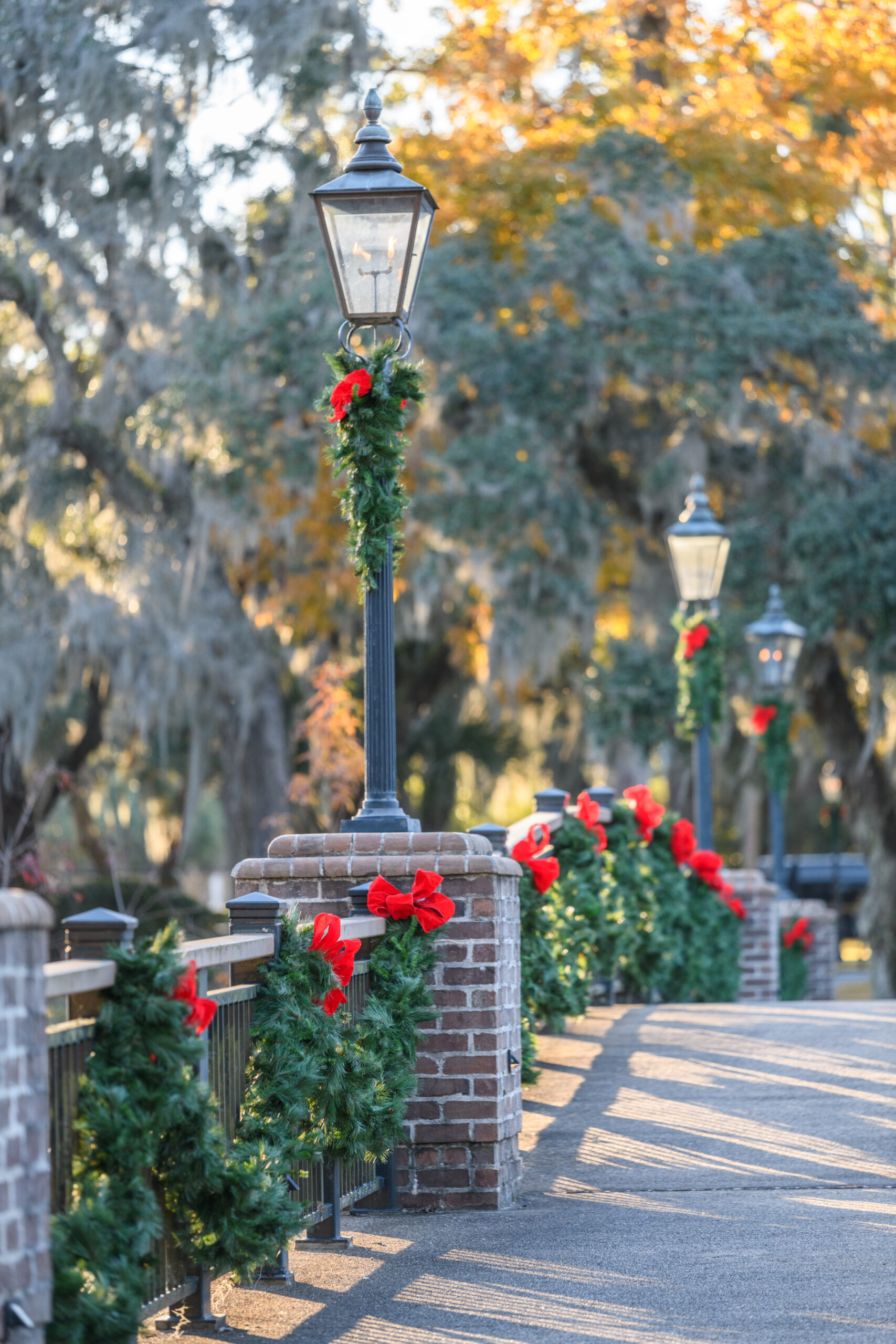
Must-Do 2025 Holiday Events in the Lowcountry There’s no better way to embrace the magic of the holidays than spending them in the heart of the Lowcountry. With its sparkling waterways, moss-draped oaks, and warm coastal charm, Palmetto Bluff transforms into ...
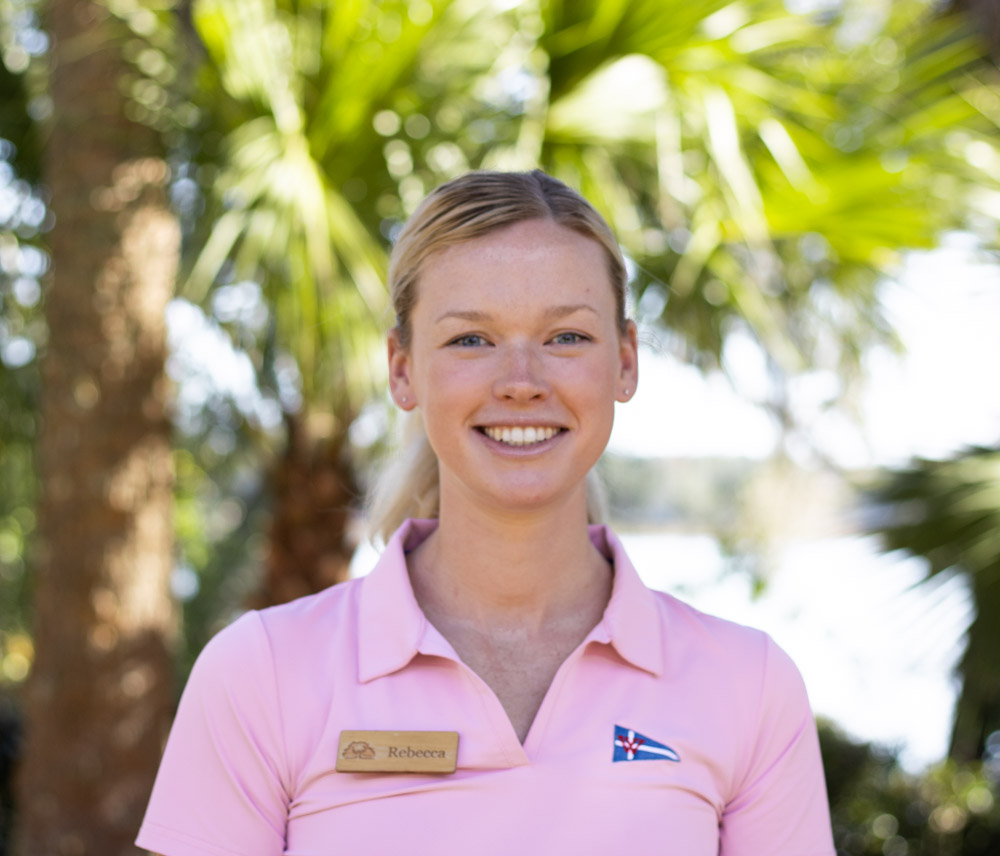
Rebecca’s Journey to Palmetto Bluff For Rebecca McCorkendale, life on the water isn’t just a career—it’s a calling that runs through generations. Growing up on Hog Island, nestled between Hilton Head and Bluffton, Rebecca was raised with salt air in her lungs...
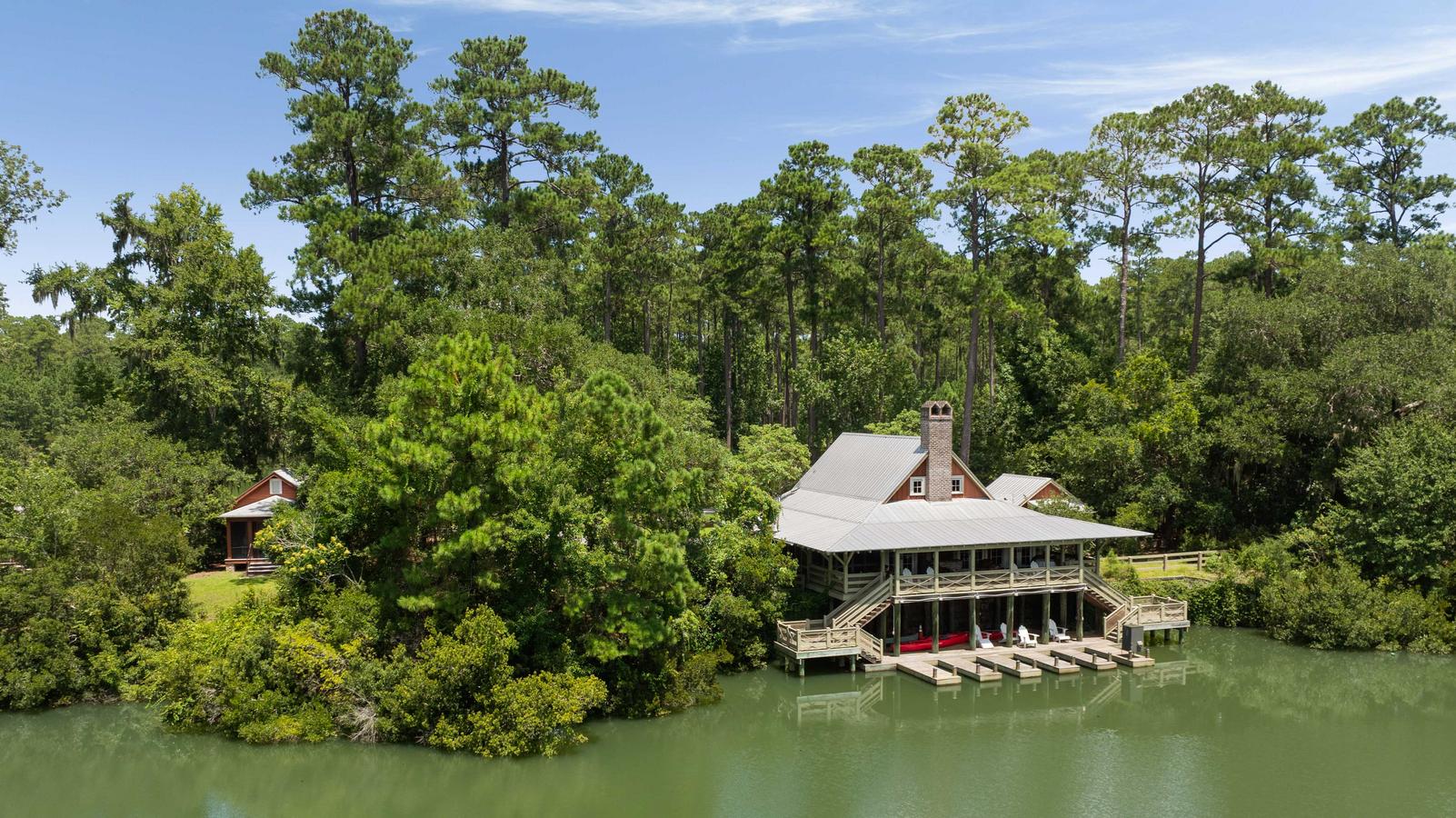
Headwaters Community in Palmetto Bluff Tucked deep within Palmetto Bluff’s untouched maritime forest, Headwaters stands apart as the community’s most private and pristine enclave. With just ten family compounds spread across more than 600 acres of scenic mars...
Learn about the Palmetto Bluff Conservancy and how we keep the vision of our land in place.
On land or water, there is an ever-evolving variety of activities.
We do not attempt to independently verify the currency, completeness, accuracy or authenticity of the data contained herein. All area measurements and calculations are approximate and should be independently verified. Data may be subject to transcription and transmission errors. Accordingly, the data is provided on an “as is” “as available” basis only and may not reflect all real estate activity in the market”. © [2023] REsides, Inc. All rights reserved. Certain information contained herein is derived from information, which is the licensed property of, and copyrighted by, REsides, Inc.